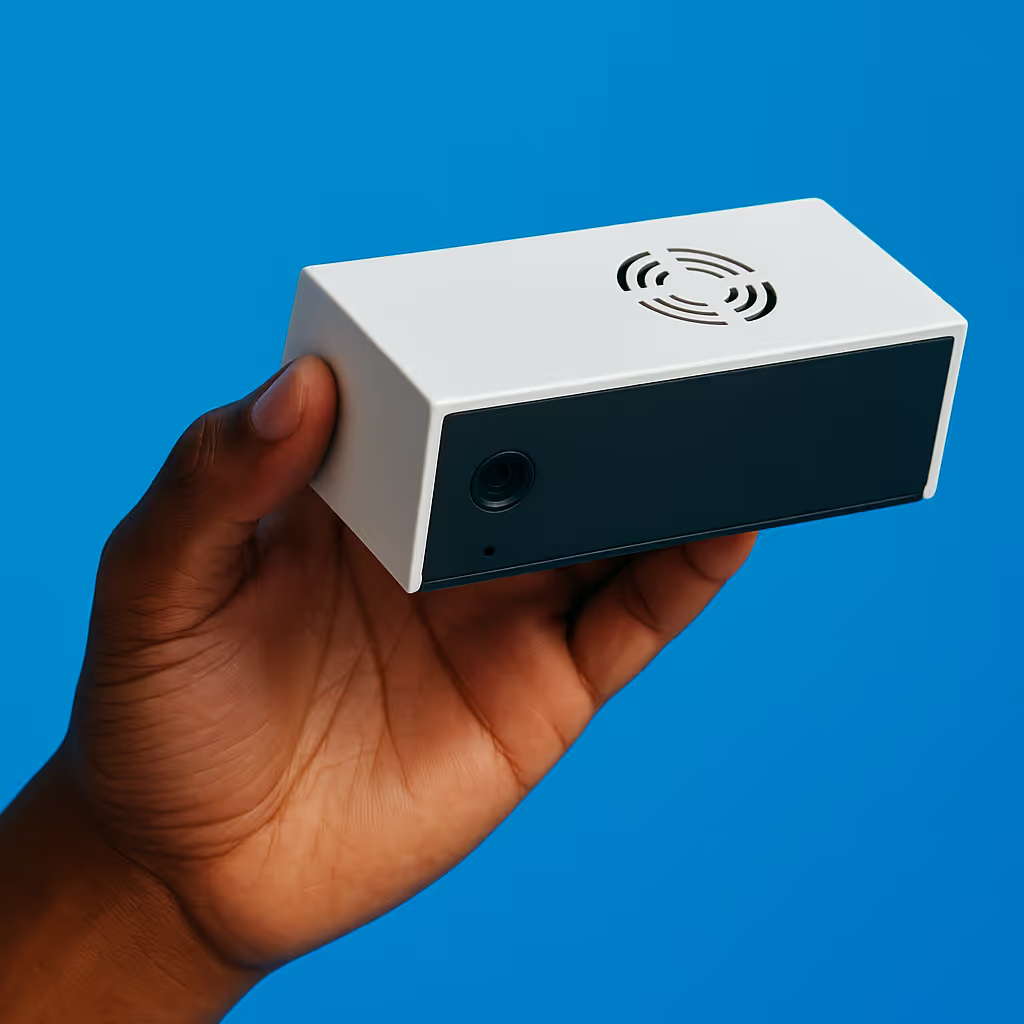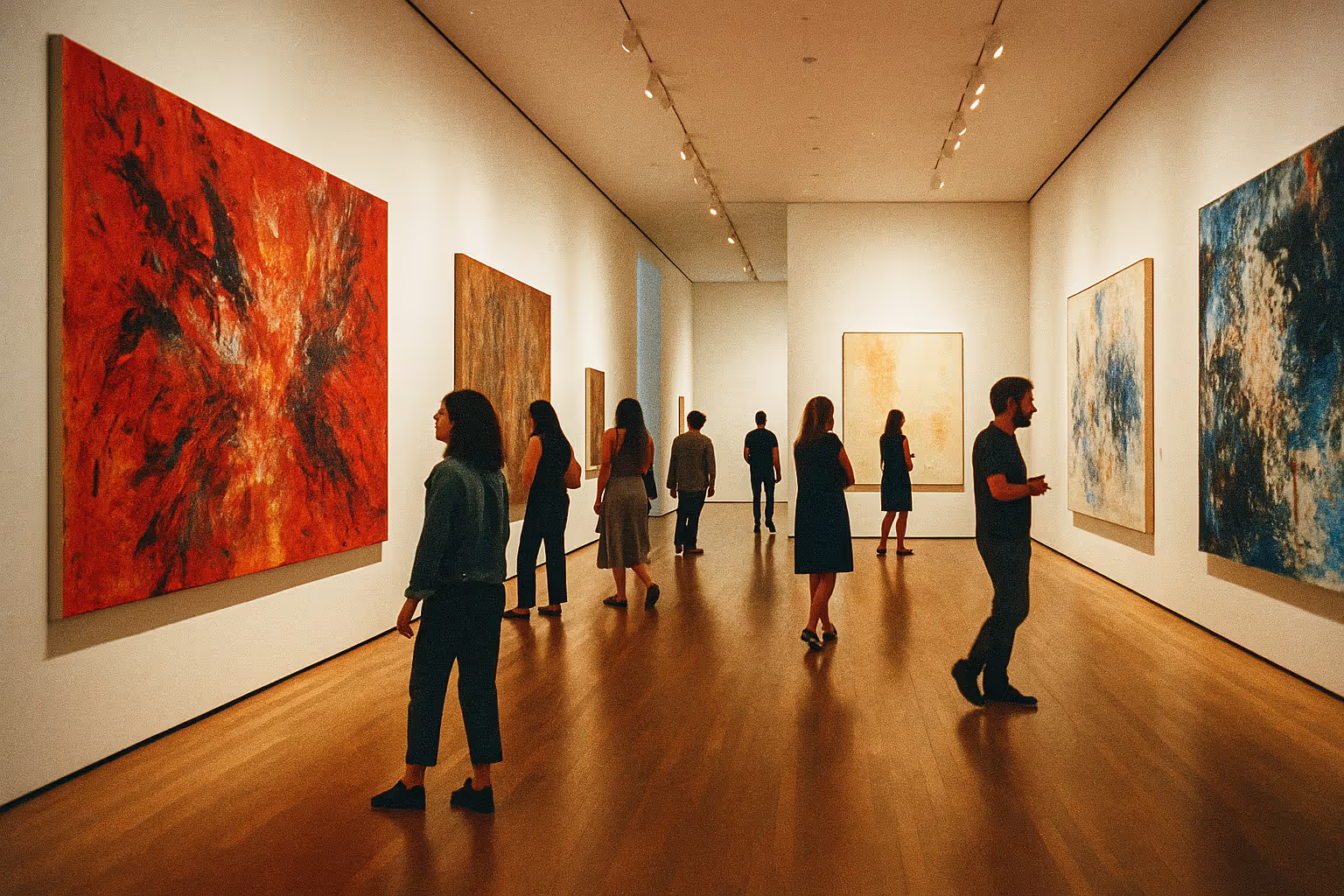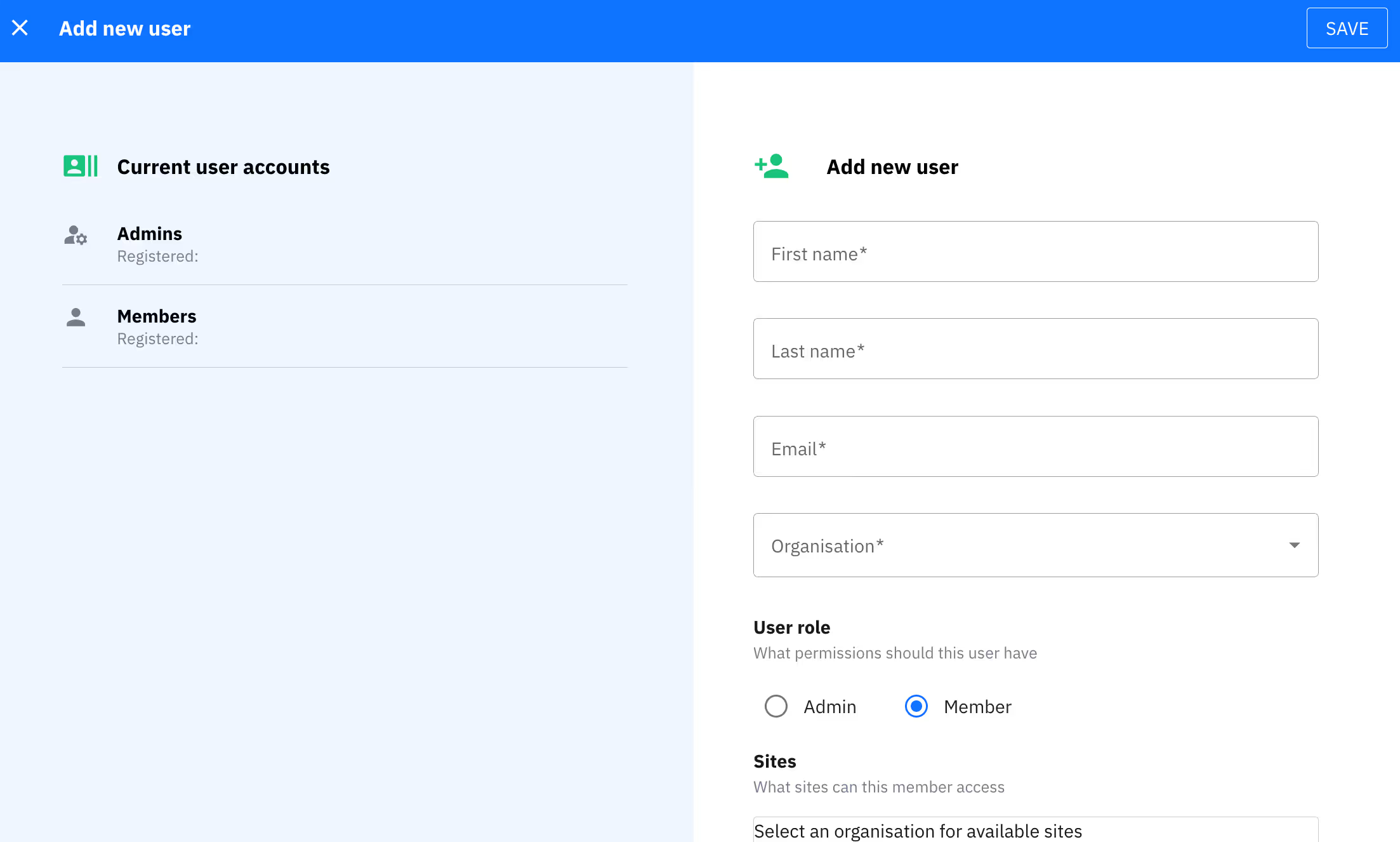Enterprise-grade sensors with AI smarts
Our AI-powered sensors deliver accurate people counting and movement tracking with enterprise-grade reliability and privacy. Deploy in minutes, scale globally.

Advanced technology and user-friendly features.
The HoxtonAi sensors are designed to provide rock solid data without compromising privacy.
S1 Overhead Sensor
For most people counting or occupancy use cases. With wide angle variant for larger spaces.
F1 Feedback Terminal:
Engaging feedback terminal hardware with video out and microphone in. Customisable options to tailor your feedback terminal to suit various needs.
Off-the-shelf cameras
Use your own ONVIF-compatible cameras. Get in touch with us for the latest compatibility list.
Discover the Versatile HoxtonAi S1 Overhead Sensor and Its Applications
The S1 overhead sensor is designed to be installed above an entrance and is the perfect choice for most deployments. There is a wide-angle variant for larger entrances or low ceilings.
Easy install
Simple to install, reliable and suitable for the majority of entrances.
PoE
Just one cable required to provide power and internet access. Wifi and plug also available.


Discover the Versatile F1 Feedback Terminal
The F1 feedback terminal combines microphone functionality, a video output and fun, engaging enclosures to encourage people to interact. Customise it to suit your needs with various configurations.
Customizable Design
Tailor your F1 terminal to fit any audio environment seamlessly.
Video Display
Get feedback on what's most important to you by asking specific quesions on the screen.
Manage your installation, configuration and monitoring with the HoxtonAi Control Room Platform
The HoxtonAi Control Room platform offers seamless setup, maintenance, and monitoring for both the S1 overhead and F1 feedback terminal sensors. Included with every product.

FAQs
Discover answers to common questions about our HoxtonAi sensors and their functionalities.
The S1 overhead sensor is designed for optimal coverage with its wide-angle variant. It captures sound from various directions, ensuring clarity and precision. This makes it ideal for diverse environments.
The F1 feedback terminal resembles a traditional telephone but offers customization options for various microphone types. This flexibility allows users to adapt it to their specific needs. It enhances communication and feedback collection.
Each sensor comes with full access to the HoxtonAi Control Room platform. This platform is essential for setup, maintenance, and monitoring. Users can easily manage their sensors and ensure optimal performance.
Yes, both the S1 and F1 sensors offer customization options. You can tailor the F1 to use different types of microphones based on your requirements. This adaptability enhances functionality and user experience.
Support for our sensors is readily available through the HoxtonAi Control Room platform. Users can access tutorials, troubleshooting guides, and customer service. We are committed to ensuring your satisfaction.
%20(1).png)


